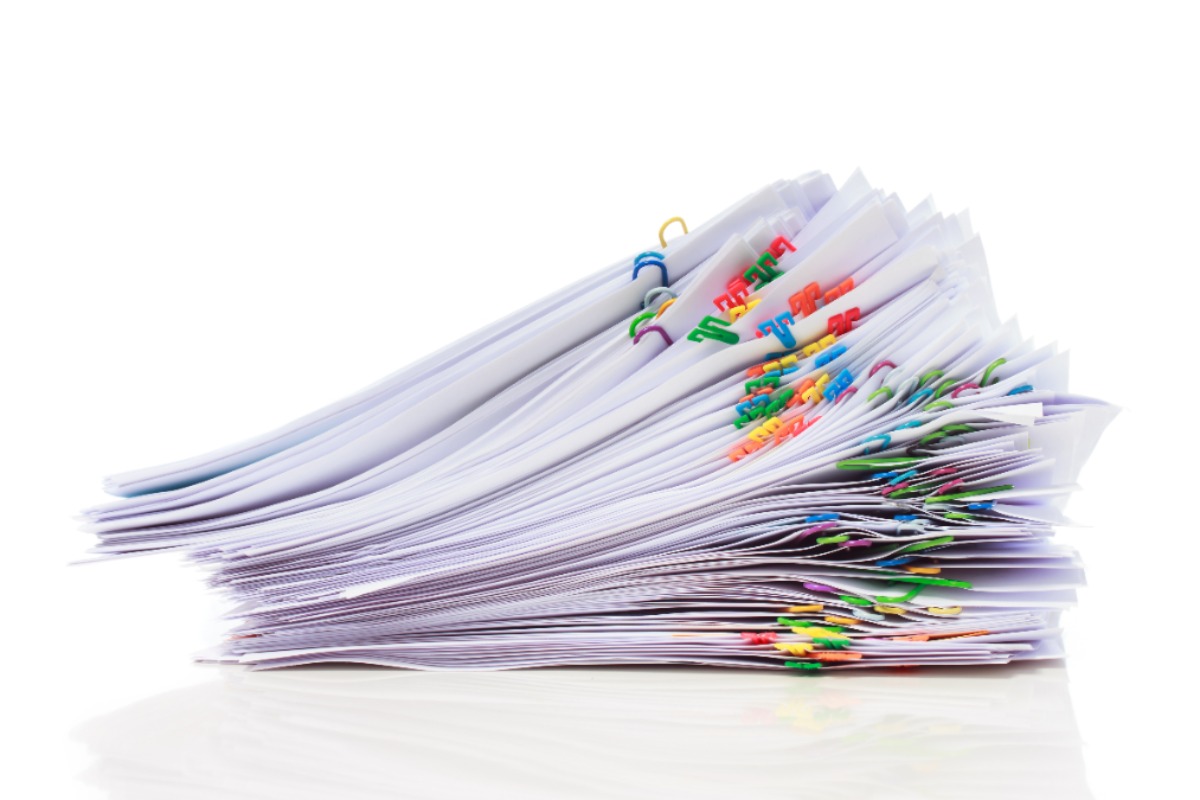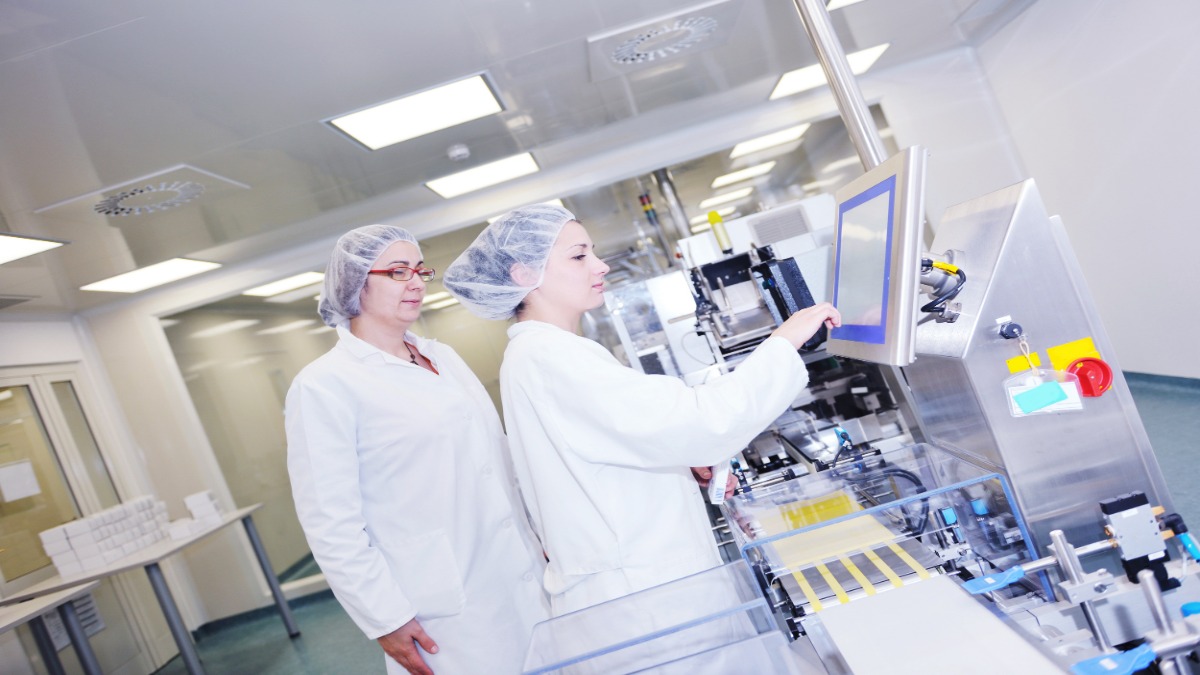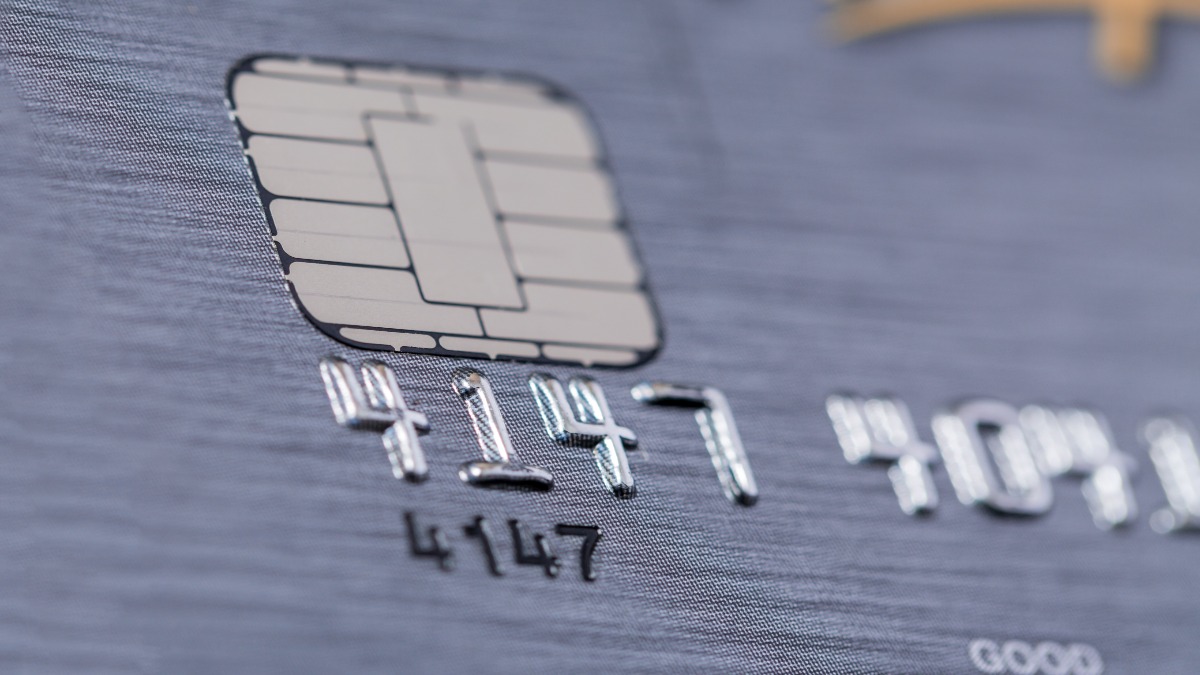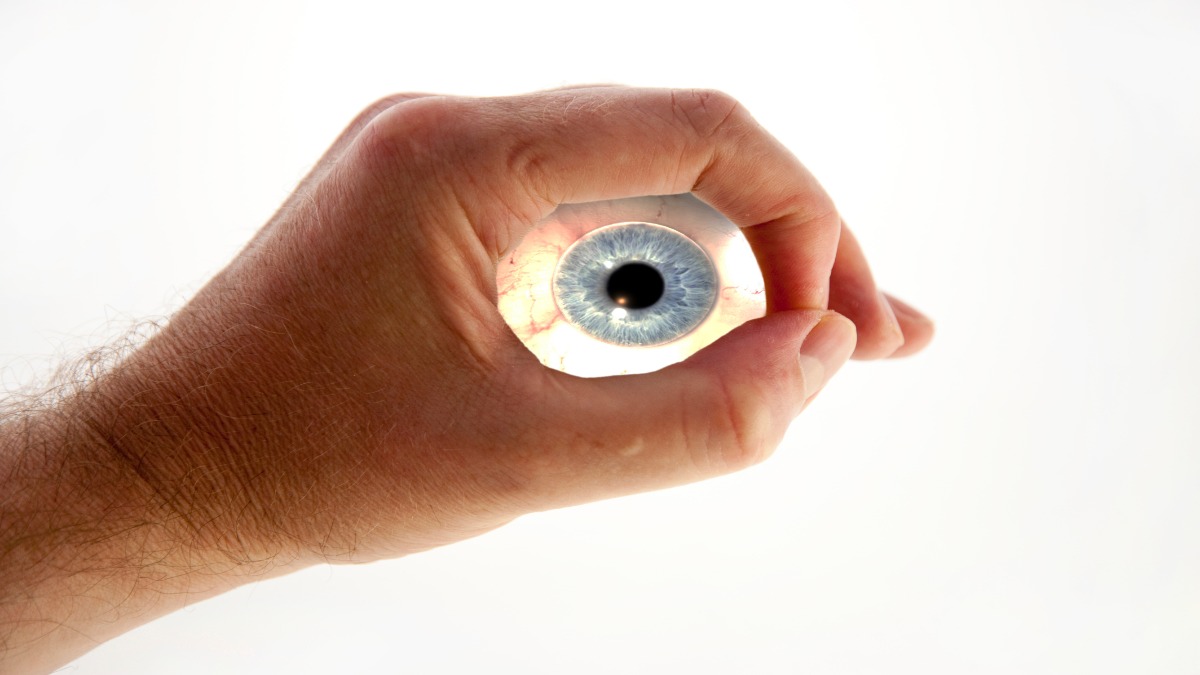The Cook County Clerk of the Circuit Court is one of those offices that is not well known but is extremely important in the operation of one of the nation’s largest court systems. The Cook County Circuit Court is the second-largest court system in the United States. The Clerk of the Circuit Court is responsible for overseeing all the court records for many courts including small claims, chancery, civil, law, probate, child support enforcement, traffic, and criminal courts. There are over 400 judges in 14 different court locations all around Cook County.
In this video, Lee Neubecker interviews Jacob Meister, a candidate for the Cook County Clerk of the Circuit Court. Jacob Meister has been a practicing attorney in Chicago for 29 years. In his law practice, he has been a near-daily user of the Cook County Court system and he has experienced firsthand the tragically antiquated and inefficient operation of the Clerk of the Circuit Court’s office. Jacob Meister shares how he intends to reform the antiquated system, create a better judicial management workflow with transparency, efficiency and while running the office in an ethical manner.
Part 1 of our 4-Part Series on Meet Jacob Meister Candidate for the Cook County Clerk of the Circuit Court
The Video Transcript for What Does the Cook County Clerk of the Circuit Court Do?
Lee Neubecker: Today I have on my show, Jacob Meister. Jacob’s running for Cook County Clerk of the Court. And he’s come on today to tell us all a little bit about what the Clerk of the Court does and what their role is. Thank you for being on the show.
Jacob Meister: Well, thank you for having me on, Lee. The Clerk of the Circuit Court is one of those offices that are not really well known but is extremely important in the operation of our courts. The Cook County Clerk oversees the second-largest court system in the United States. We have over 400 judges in 14 different court locations all around Cook County. And the Clerk of the Court is the chief operating officer effectively of the courts, overseeing everything from all the court records to staffing the courtrooms, the Court Clerk’s who take your oath when you go testify and then all of the intake and the counters. And they also oversee things like child support, about a half a billion dollars a year in fines, fees, and forfeitures. They handle all the accounting so that when a fine is paid, it goes to the right municipality or to the state or to whoever is entitled to that money for the fines. So it’s very important. The Clerk’s office is currently occupied, as you may know by Dorothy Brown. She’s retiring after 20 years. And we really need to rethink how the Clerk’s office works. I personally am the only one in the race who has actually practiced for 29 years in the Circuit Court of Cook County and made a career of it. And it’s an office that’s broken. It’s broken ethically and operationally. We still, unfortunately, as judges and lawyers hand write out orders in triplicate using carbon paper. And for a court system that has a million and a half cases pending, that means millions and millions and millions of pieces of paper just in court orders. We can do better. We have to do better. The private industry long ago automated, implemented technology. We need to do the same thing in courts. And let me just give you a couple of examples of the real-life consequences of what happens because of our broken technology. We have about 600 prisoners right now in the Cook County or in the state of Illinois prison system who have appealed their convictions and their convictions for more than a year, cannot move forward because the Clerk’s office has lost the paperwork. And this has been pretty widely reported on. But the other things are that you know, people end up getting evicted, they have child custody issues, they sit in the Cook County jail because our current system can’t get paperwork where it needs to be. It doesn’t have good auditing standards, accounting standards. We need to do better because it affects substantial justice.
LN: So will you put computers into the courtroom with printers so that the documents are being captured instantly, electronically?
JM: Well, it’s actually beyond that. So you’ve got two kinds of systems. You’ve got one system which is, a filing system. And right now, we are in the process of moving over so that when people file paperwork, it gets filed electronically. But the second system, which is yet to come is a case management system. So once those documents have been filed, we need a way to index everything. The current Clerk’s office runs on a DOS-based system that was implemented in the 1990s and it’s just an index system. But court systems all around the country have very robust case management systems that outline exactly what’s going on in the case. And instead of having written orders, you do digital orders so that, so that those digital orders, are called minute orders, are captured right in the courtroom, real-time, by the Court Clerks, noting such things as the next court date or what happened in the court, in the court hearing. There’s still going to be a percentage of things that need to be done on paper and then uploaded as PDFs but we can probably capture about 80% of our orders fully digitized so that there is no paper but goes in digitally. And that is a great first step and it helps eliminate errors. It makes sure that there’s a clear record that’s available, it needs to be available. Web-based from outside the court system too so the lawyers and judges-
LN: So you mean you had to come down on a cold Chicago day
JM: Correct.
LN: to stand in line. To pay your money, to make your photocopy and then schlep back.
JM: Correct. I mean, right now, they’ve got electronic filing so we file, we’re required to file digitally but if you want to get a copy of what’s been filed digitally in a case, you actually have to travel to a court location, print it out hard copy, pay for the hard copy and then, of course, I go back and scan it back into the system. It’s not available web-based. It’s not web-based for download, just like the rest of the world works and that’s a problem.
LN: There are systems out there though, commercial systems out there that are designed to snap in and take care of that, correct?
JM: Correct, there are case management systems that are in use. Cook County has a tremendously complex court system with lots of divisions and different sections all over the county so we need to be very highly customized. Cook County has committed to about 36 million dollars towards a new case management system. Problem is, they want to use an off the shelf software. They tried rolling them out in the criminal division back in November. It is fraught with problems. There hasn’t been proper training for the users. Actually, the judges and lawyers and others, including the Sheriff’s Department, the State’s attorney, all of the stakeholders in the system haven’t been consulted with bringing that onboard and so as a result, we’ve got a system that is at risk of just being shelved and not used any longer because it’s just fraught with problems and errors and lack of user training. We need to do a better job. We need to train people. We need to consult with all the end-users to make sure that our case management system meets the workflow of the courts, not the other way around and our current Clerk has tried to implement it in a way to say, “Here’s a system we’re going to use. Figure out how to organize your court system around our computer system.” That’s the tail wagging on the dog.
LN: So as a reformer, you really plan to make changes to speed up and get rid of the backlog of cases that currently jam up the court.
JM: Yeah, well, right now, we’ve got a huge backlog as I mentioned in the Appellate Court. You’ve got a huge backlog because the Circuit Court’s not transmitting proper records up to the Appellate Court so you got a huge backlog in the Appellate Court and you end up having a much slower process at the Circuit Court level because it’s all based on our old paper system movement of files from courts to warehouses, back to the courts, back and forth. Things are lost.
LN: That creates lots of jobs, right?
JM: Well, that is really, you know, we’ve got a very unfortunate patronage problem in the Clerk’s office. Clerk’s office has about 1500 employees and there’s a tremendous amount of political patronage that’s controlled by the party machine. The old way of doing business. We can’t afford to do that anymore. We got to deliver good value to the taxpayers, particularly as we move to electronic systems. It’s no longer a system that can operate with paper where somebody’s job is to stamp paper and then move the pile over to somebody else to stamp something else. It’s now a much more technical job so we need to make sure we’re doing a better, making sure we’re doing a better job of training Clerk staff so that they can digitally record minute orders as I talked about. Make sure that our court records are being kept but that is going to require a lot of training. I have had discussions with the city colleges of Chicago and some of our community colleges to having a new program, a certificate in paralegals, a paralegal certificate for Cook County Courtroom management.
LN: Take the staff and put them through there to actually take the people that are there and make them more efficient by investing in their training.
JM: Correct, correct. So they’d have paralegal certificates in Cook County Courtroom management and that would make sure our systems are very uniform and automated so that everybody who interfaces with the court can rest assured that our court system’s going to operate transparently and efficiently. And so we need to do that, our employees deserve it and I think the public deserves the transparency that that would bring.
LN: Well, thanks for being on the show, Jacob. This has been really great.
JM: Well, thank you for having me. Happy to come back on again.










